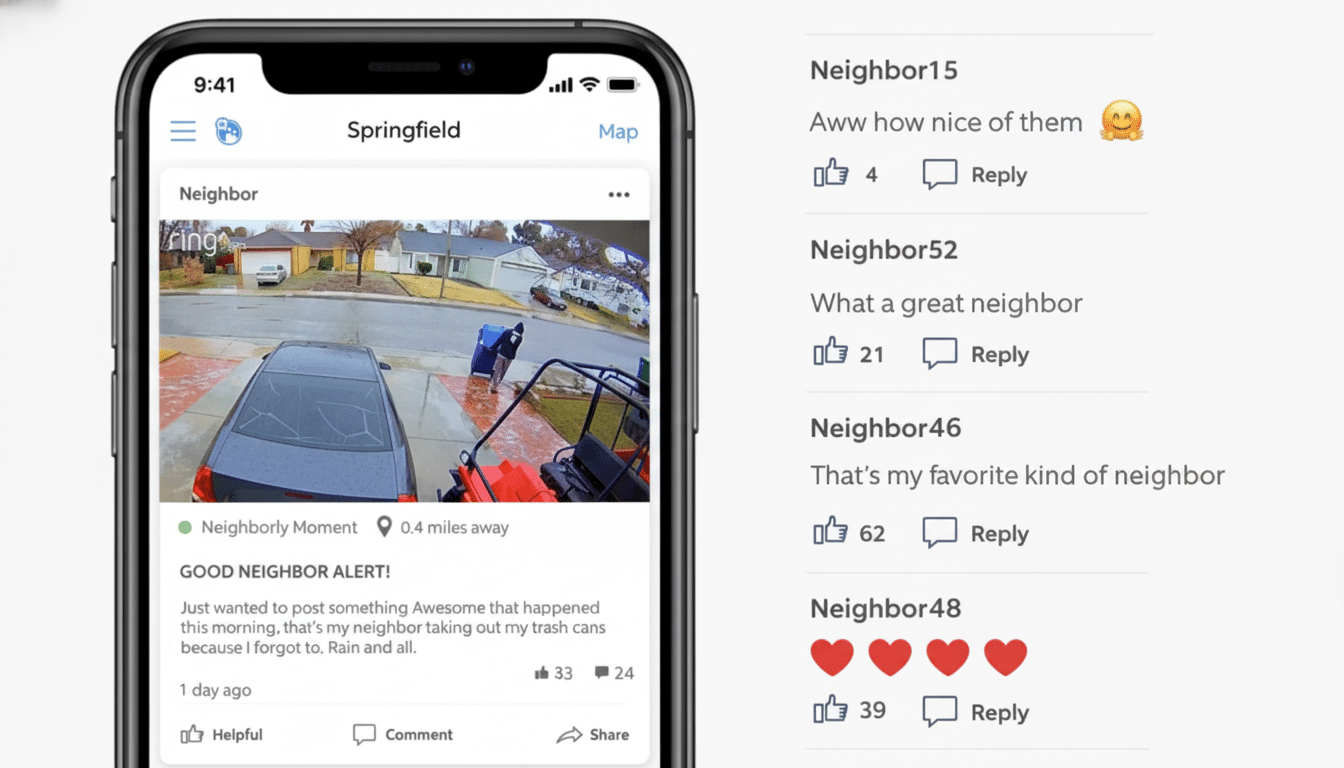Amazon-owned Ring is forging more partnerships with law enforcement, each of which allows police agencies to ask local residents for doorbell video footage through the company’s Neighbors app.
The latest deal is with Flock Safety and will allow even more departments access to videos from tens of thousands of privately owned cameras across the country. The integration splices Ring’s Neighbors app into Flock’s policing software, providing some 5,000-plus agencies currently using Flock Nova or FlockOS a faster way to submit requests for footage linked to specific incidents and time frames.

Ring and Flock cast the program as voluntary and privacy-forward: agencies are required to specify locations and time periods, responses are optional, and participating Ring users remain anonymous by default. But the move also opens up a long-running debate about how much private smart home platforms should be doing to increase government visibility into neighborhood life.
How the New Flock Integration with Ring Works
Police who are using Flock’s tools can publish a targeted request within the Ring Neighbors app, detailing an investigation — say a car break-in on a certain block at specific hours — and soliciting nearby users to share clips. The post is shared in the neighborhood feed, and Ring users can decide whether to share video without sharing their entire account or information about their device.
The system is meant to cut down on dragnet asks, Ring says, because it demands specific parameters instead of broader and more open-ended queries. Still, civil liberties groups say even “targeted” requests can gather up bystanders and sensitive footage (children playing or neighbors’ comings and goings or visitors) when many cameras overlook sidewalks and streets. The Electronic Frontier Foundation has long cautioned that public-facing systems of cameras can normalize scaled warrantless surveillance-by-consent.
It’s also a key context that Ring retains the power to provide footage to law enforcement without users’ formal consent in emergency situations, a practice many cloud video service providers, like several of Ring’s peers in the space, pursue under an “exigent circumstances” exception. The new Flock pathway supplements the classic disclosure channels; it does not replace them.
A Reversal in Ring’s Police Collaboration Strategy
The Flock partnership is a swift about-face from Ring’s recent efforts to distance itself from direct police ties. The company earlier pulled its Request for Assistance tool from the Neighbors app, which could be seen as part of a broader shift to more things being community-based on safety features. That retrenchment has since faded as Ring re-enables integrations that allow it to make access to user-provided footage easier for investigators.
Since founder Jamie Siminoff has returned to Amazon’s home security portfolio, Ring has introduced or piloted numerous law enforcement touchpoints, including an integration with Axon’s evidence management system that allows officers to request video through software they already have. Industry reports have also said the company was testing facial recognition and a full opt-in mode for users to livestream doorbell feeds to police, features that would bring heavy analytics and real-time access into the mainstream consumer camera market.

Scale and Civil Liberties Issues in Ring-Flock Tie-Up
What makes this shift significant is its scale. Ring has erected one of the largest networks of residential video cameras in the United States, and Flock Safety’s tools — including automatic license plate readers — are now used by thousands of agencies. A de facto surveillance grid. The Brennan Center for Justice and Georgetown Center on Privacy and Technology have documented how interlocking public-private systems can become surveillance grids in fact, without the oversight that tends to regulate government-run networks.
Privacy advocates are concerned about the “consent pressure” on communities where officers regularly post requests, and there is an implicit expectation neighbors will acquiesce even if no warrant exists. The ACLU too has sounded the alarm about the possibility of overly broad geofenced asks, misidentification risks if facial recognition is thrown into the mix, and chilling effects on innocent activities captured in camera views. Fragmented state laws complicate things: Biometric and consumer privacy statutes in states like Illinois or California might come into conflict with new features if they are built upon face templates or extensive data sharing.
Owners: What Ring Doorbell Users Can Do Right Now
For homeowners who want more control, there are options. In the app, restricting or turning off notifications is possible, you can turn down requests and avoid posting to public feeds. You can turn on Ring’s end-to-end encryption, found on most wired doorbells and cameras, to prevent the company from seeing your video in the cloud, but it will disable some convenience features and integrations. Smaller cloud retention periods combined with consciously angled cameras so as not to include public sidewalks in recordings, etc., can help minimize exposure of passersby.
Experts also recommend documenting any voluntary disclosures you make — a time span, a reason, and the exact clip — to avoid granting wider access than necessary. If police come looking for more than immediate footage or pull requests for historical images that are too broad, you can demand a warrant, introducing judicial oversight and a clearer paper trail.
The Smart Home Crossroads for Policing and Privacy
The Flock-Ring tie-up indicates where the smart home market is heading: more closely integrating consumer gadgets and public safety systems. Advocates say such partnerships expedite investigations and deter crime. Skeptics respond that the payoffs are often exaggerated and that we haven’t fully reckoned with the cost to society: normalizing surveillance, whether by police or by companies with their own privacy issues.
No matter where the debate falls, one thing is clear: Doorbell cameras are more than just doorbells. As platforms like Ring weave themselves into police software, decisions around consent, encryption, and transparency are in fact public policy choices. Now the companies constructing these systems — and the humans who power them — share responsibility for how far this lens reaches into public life.

